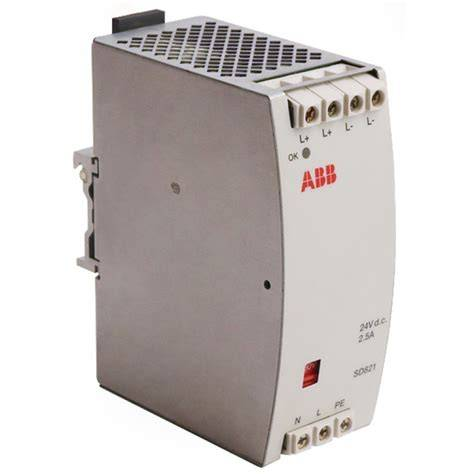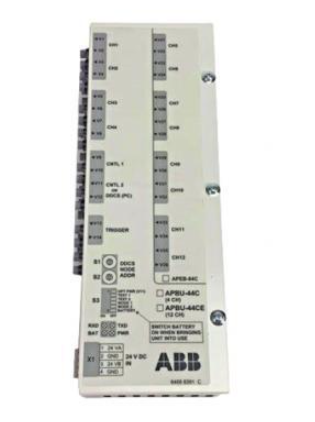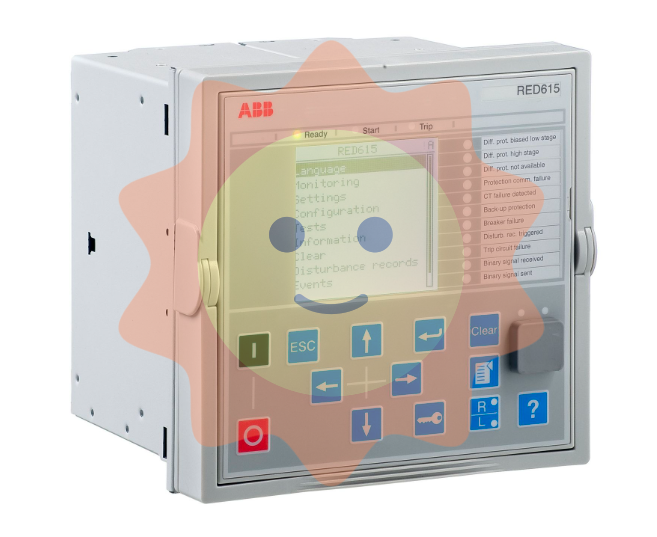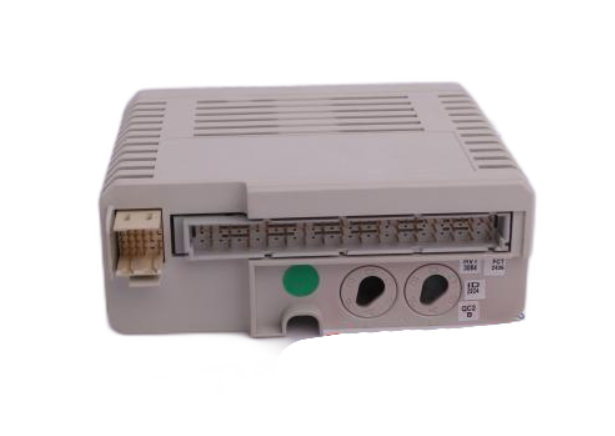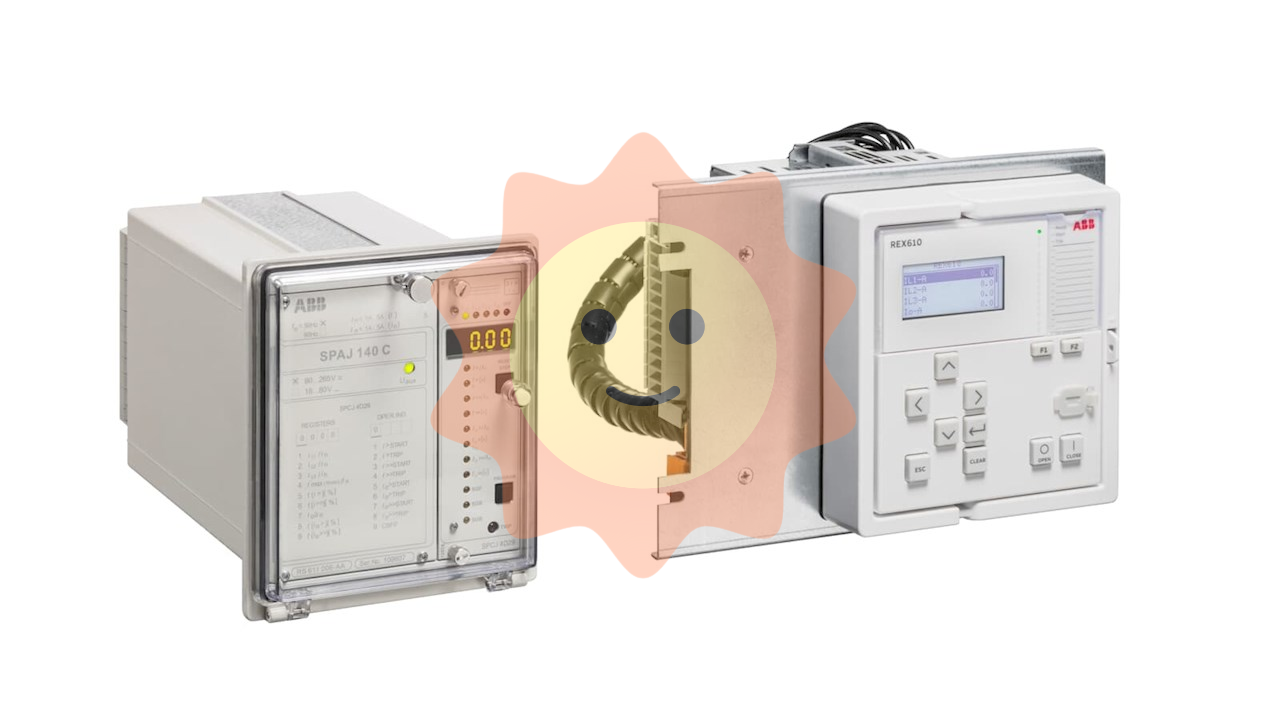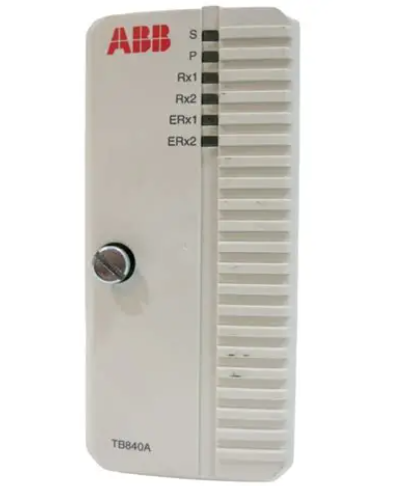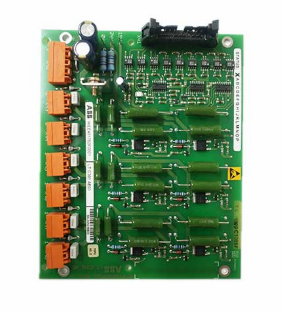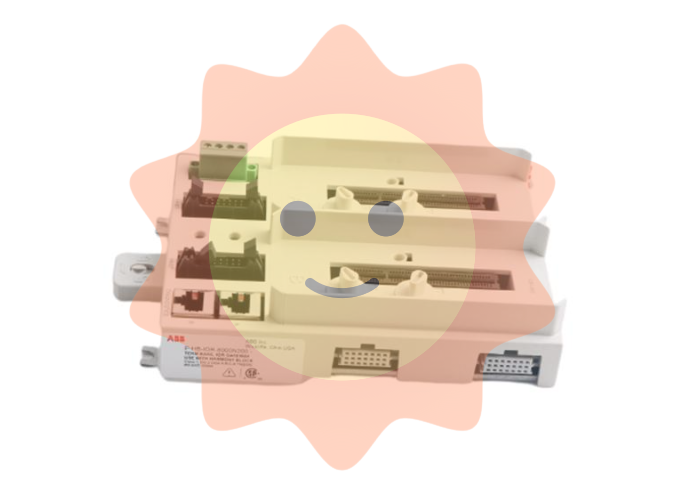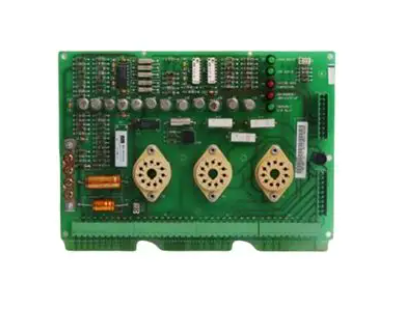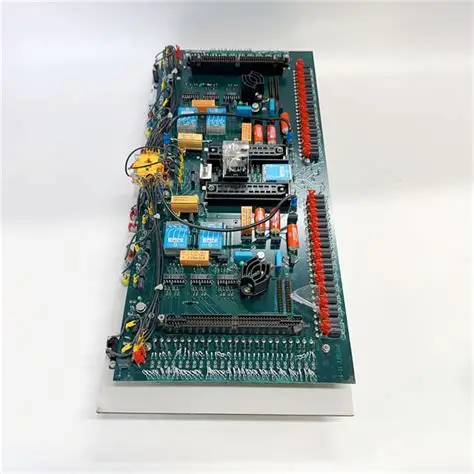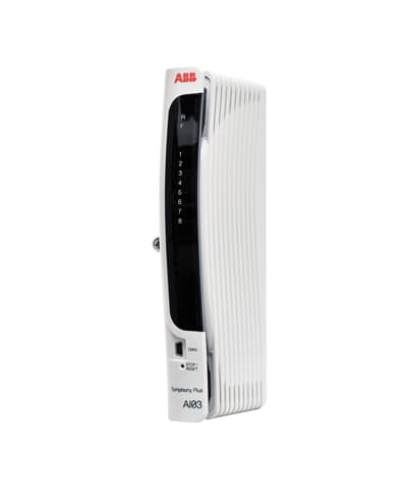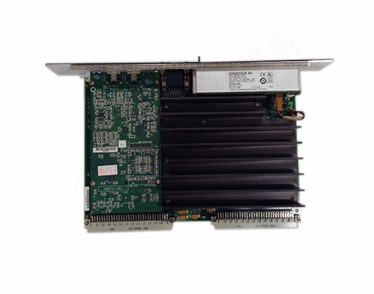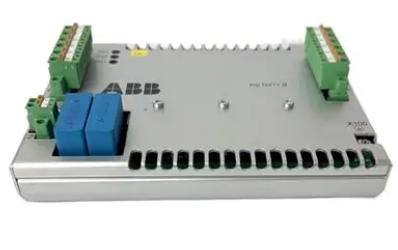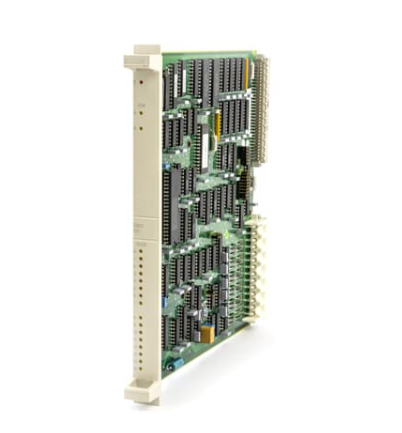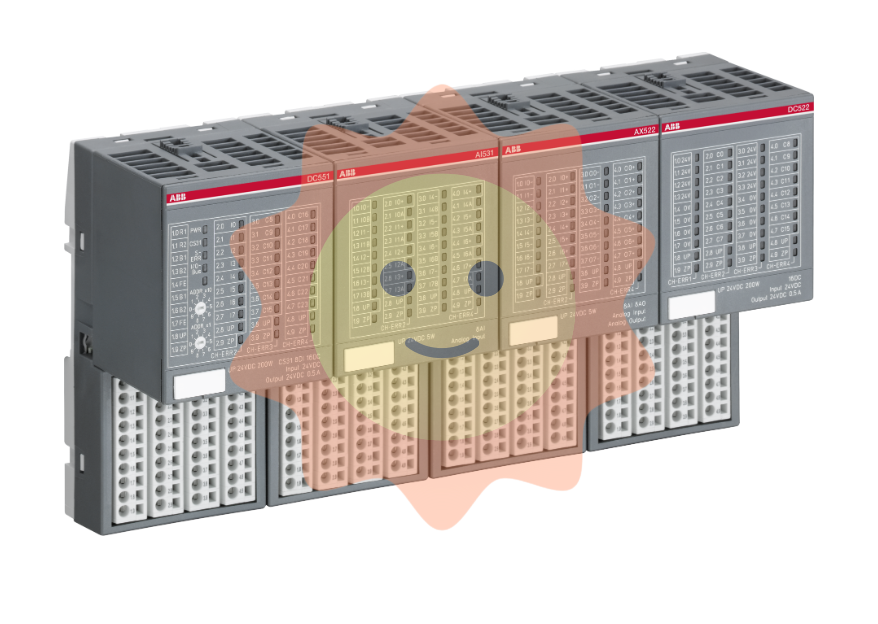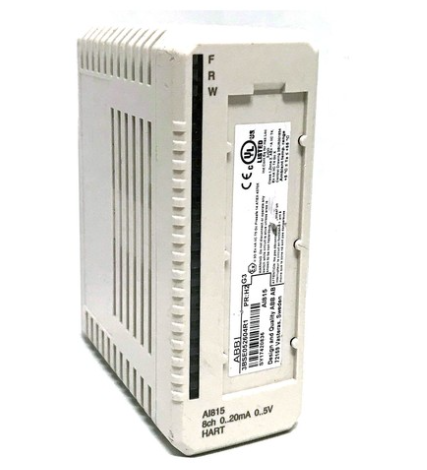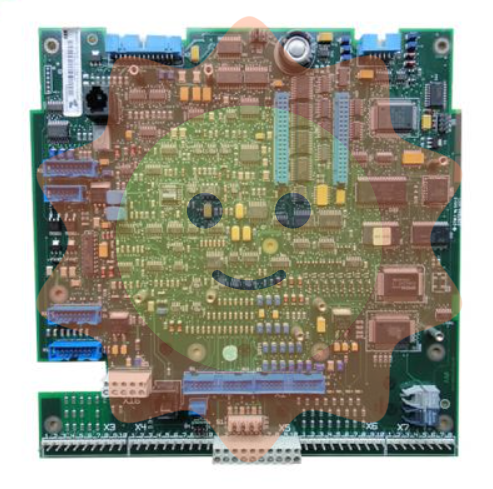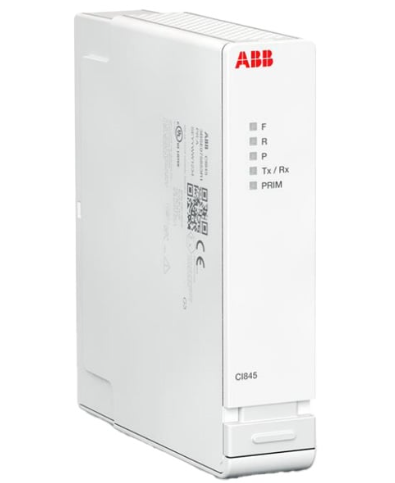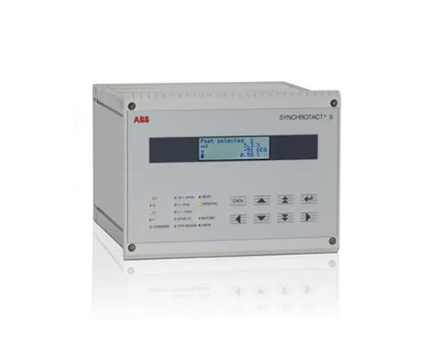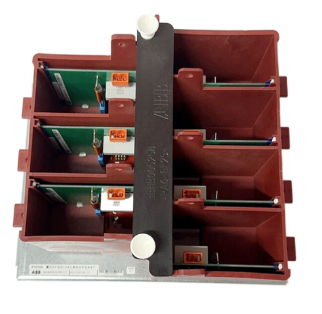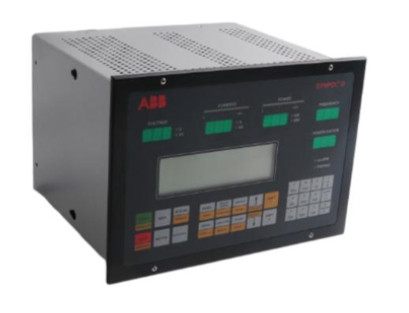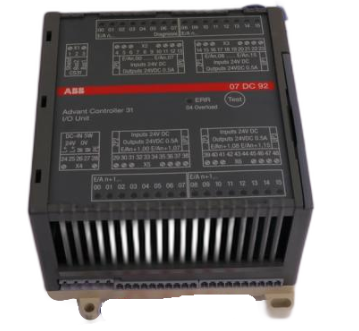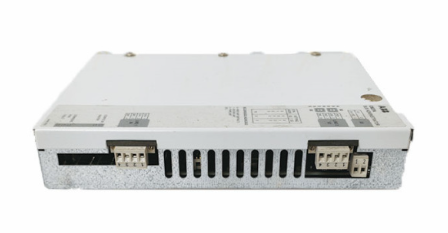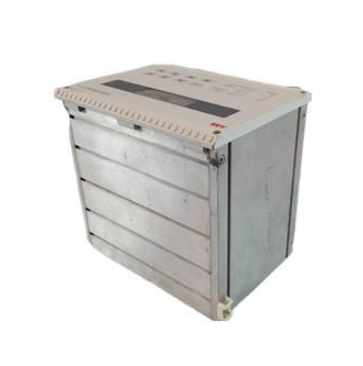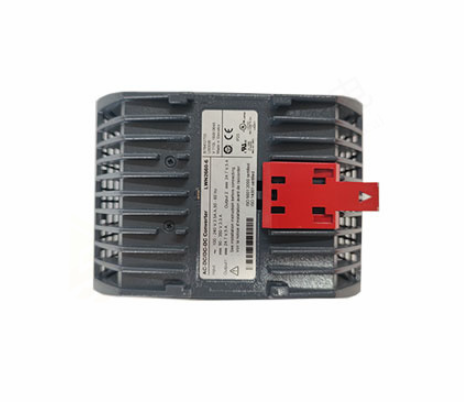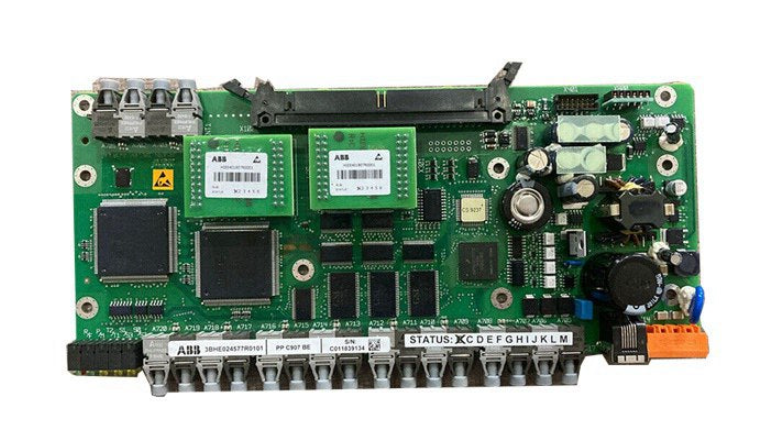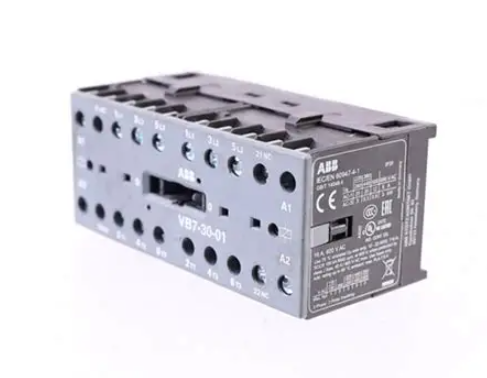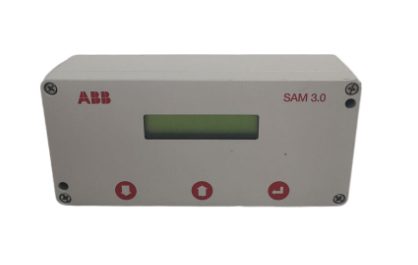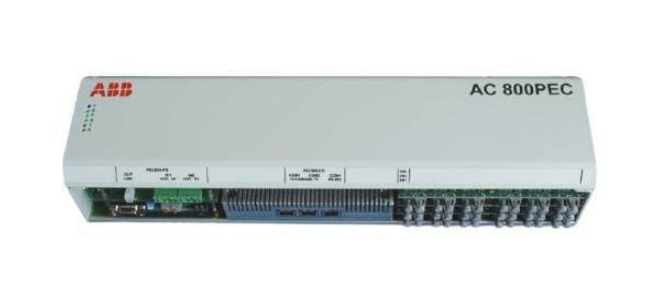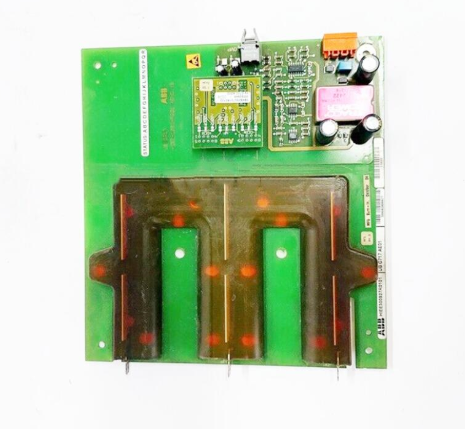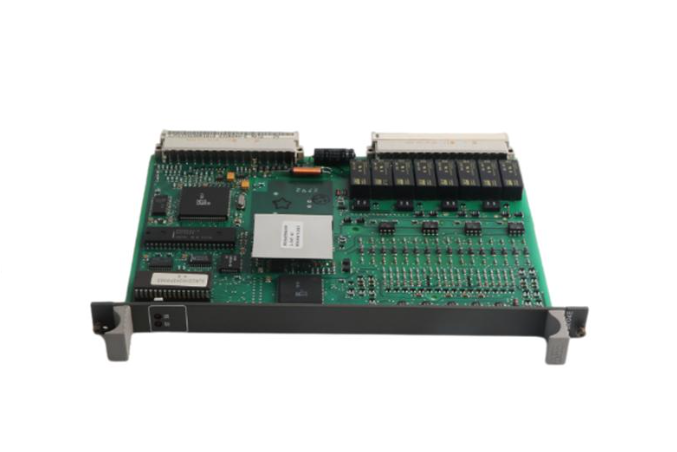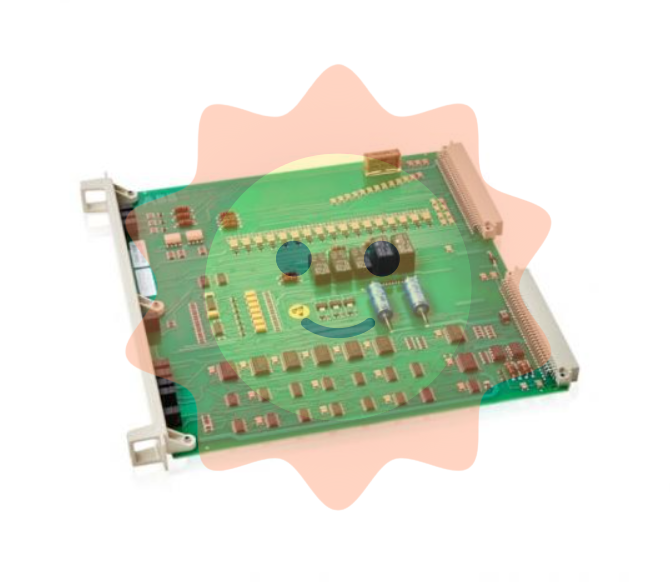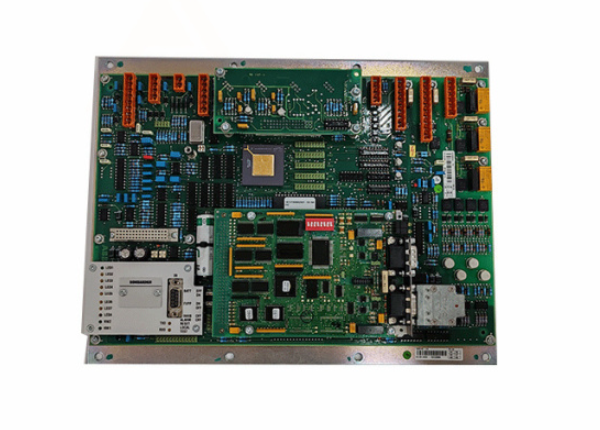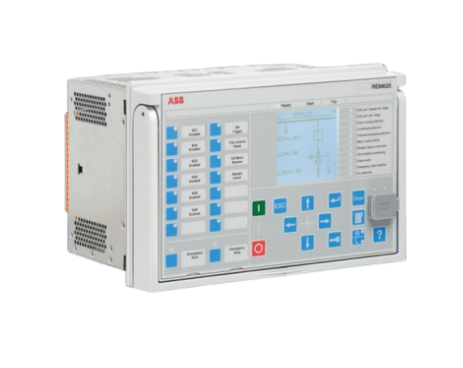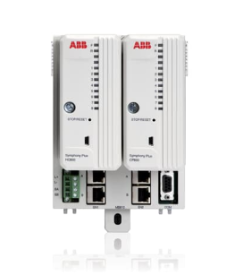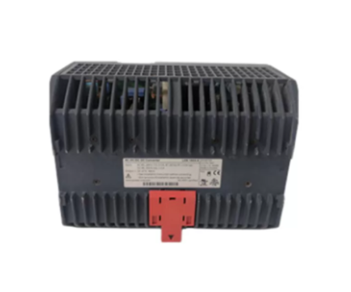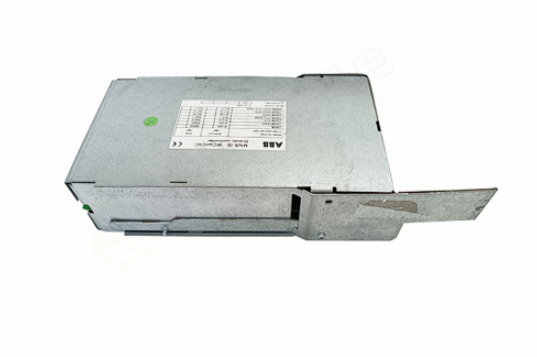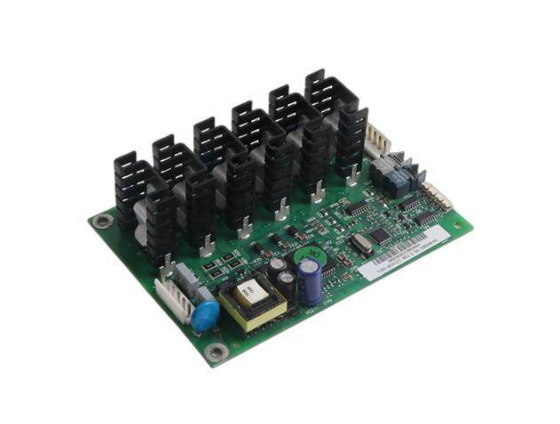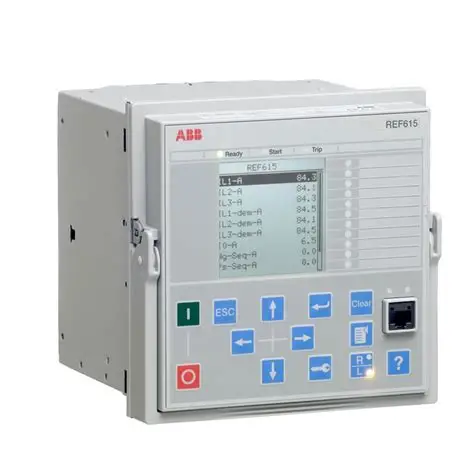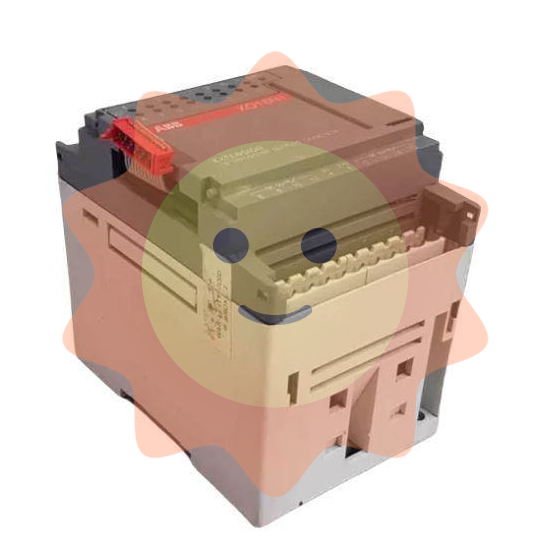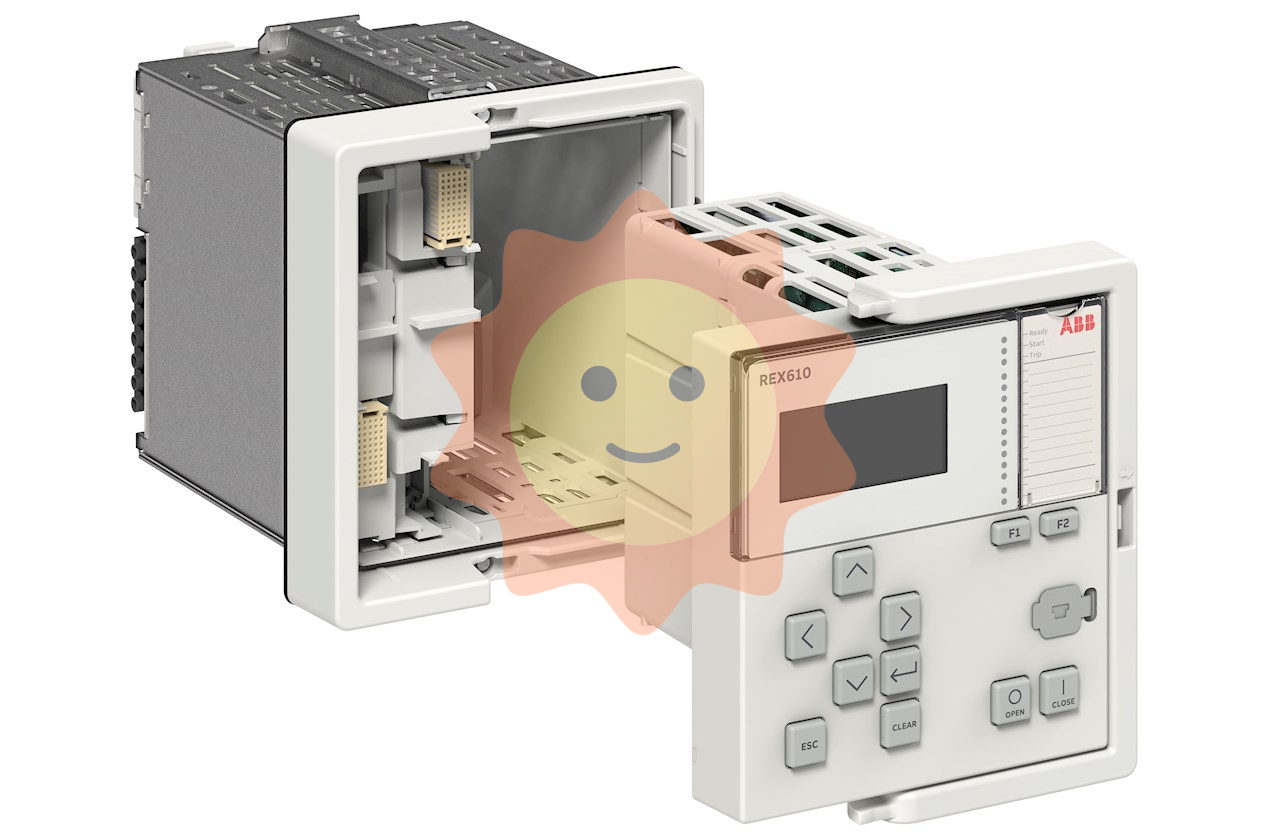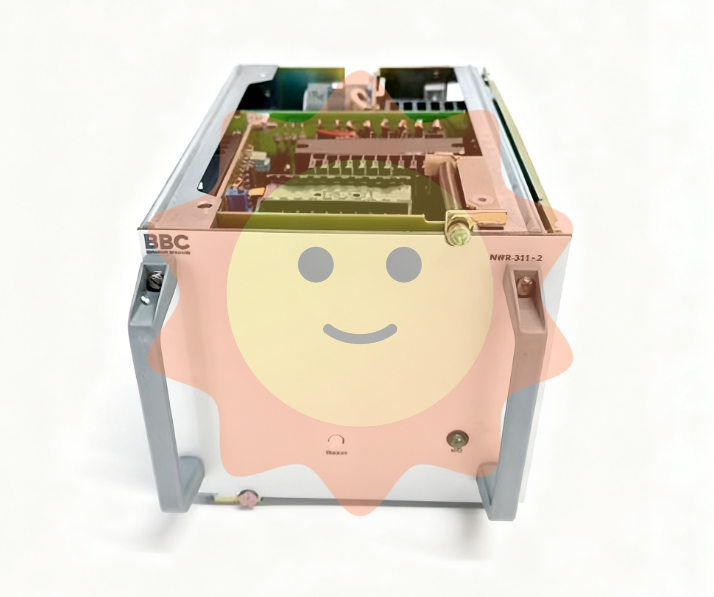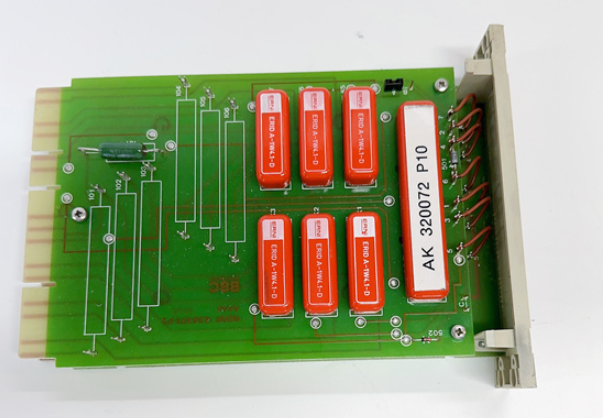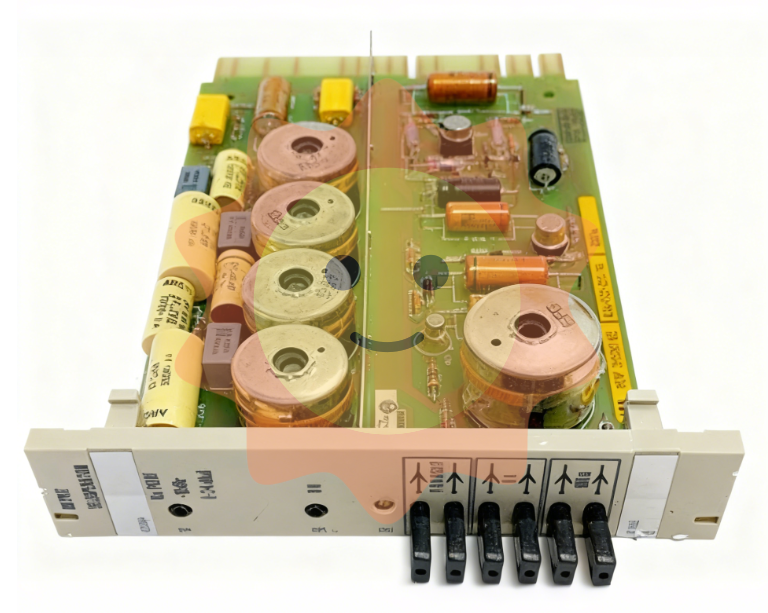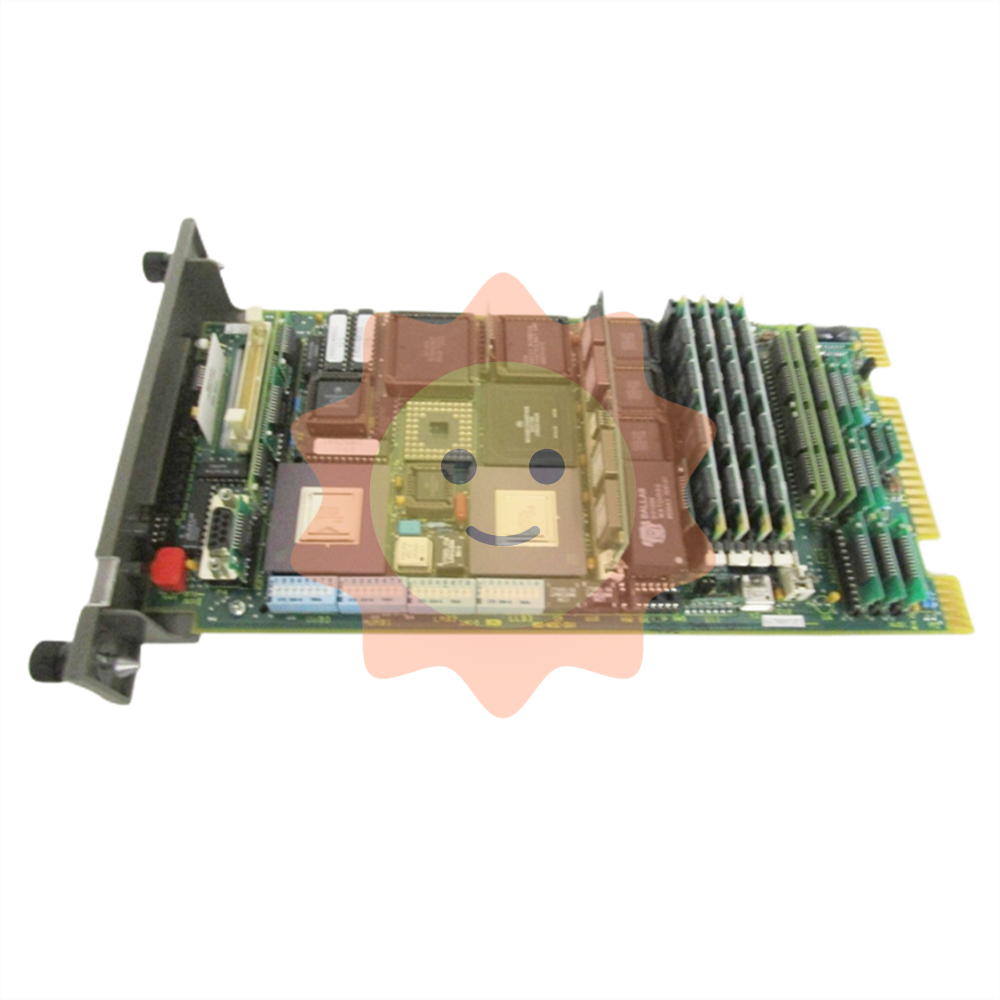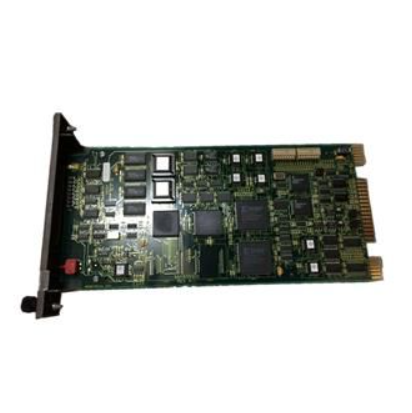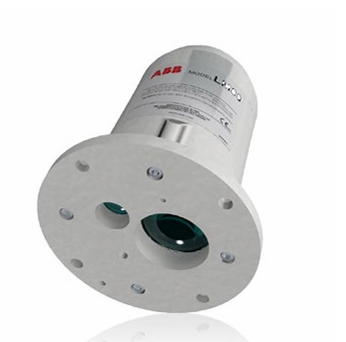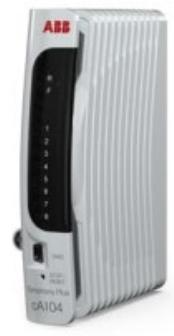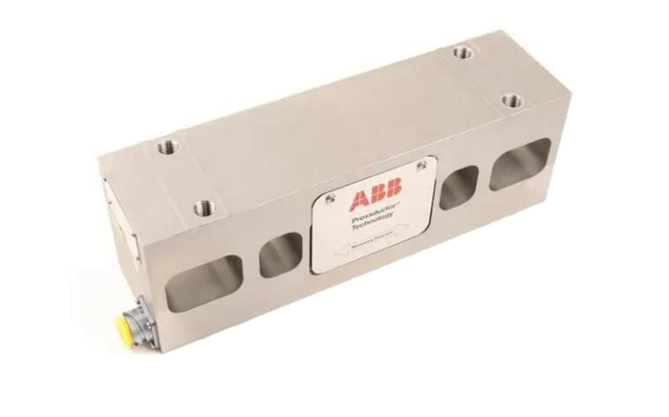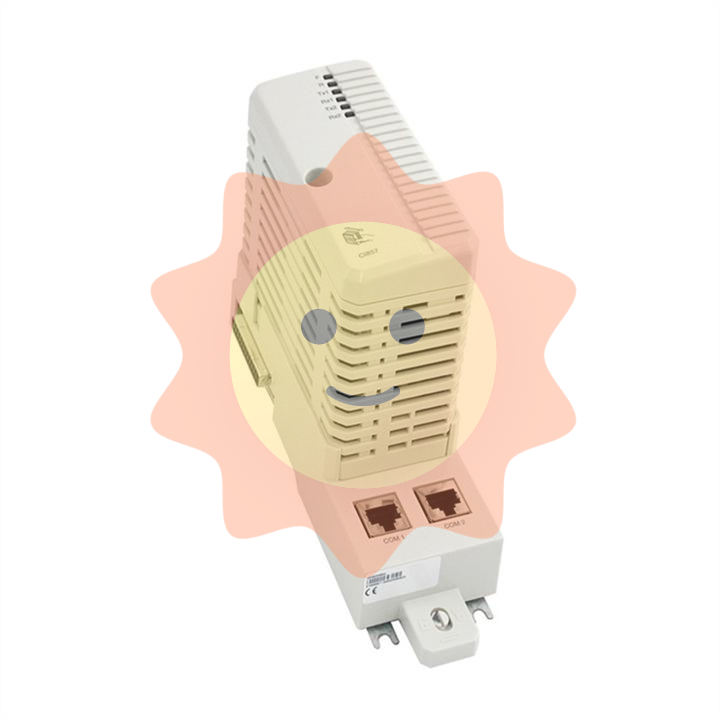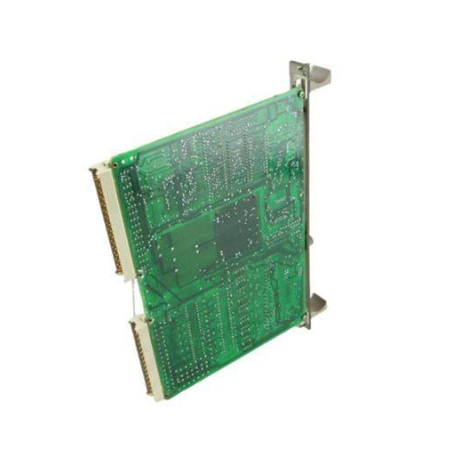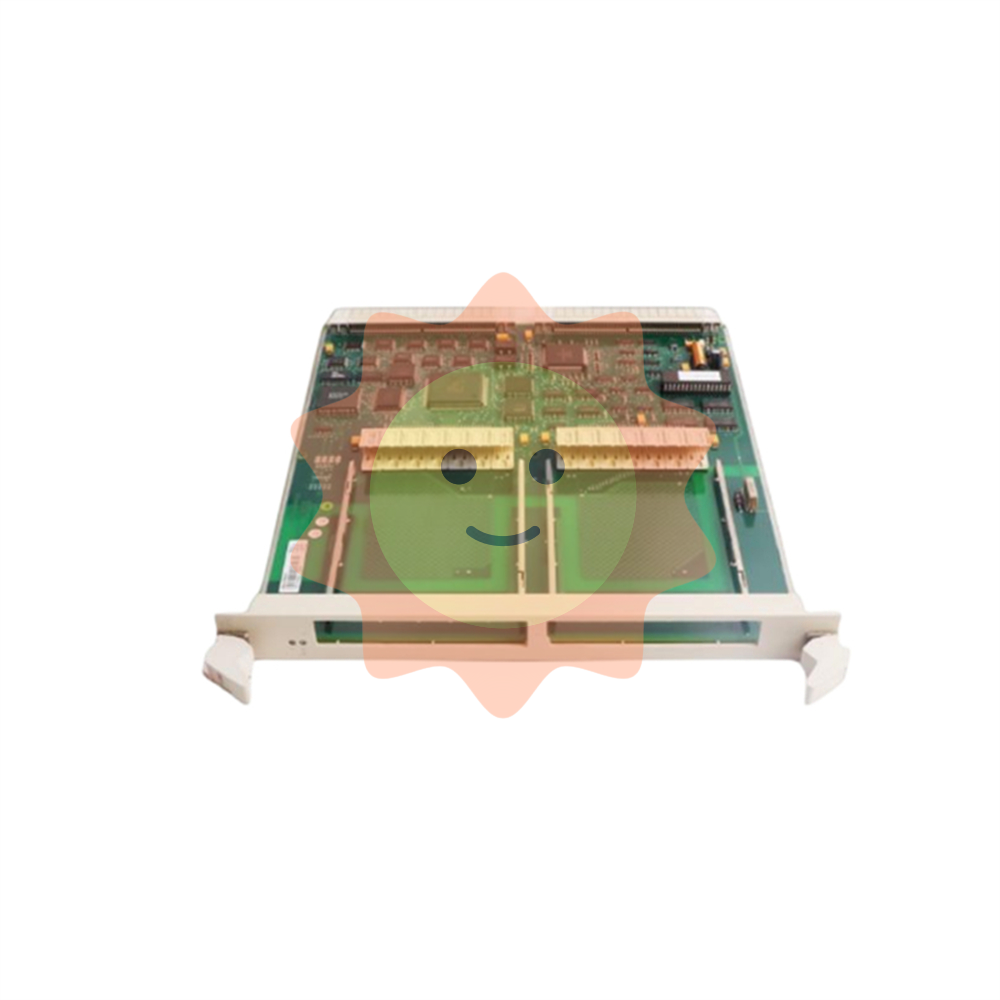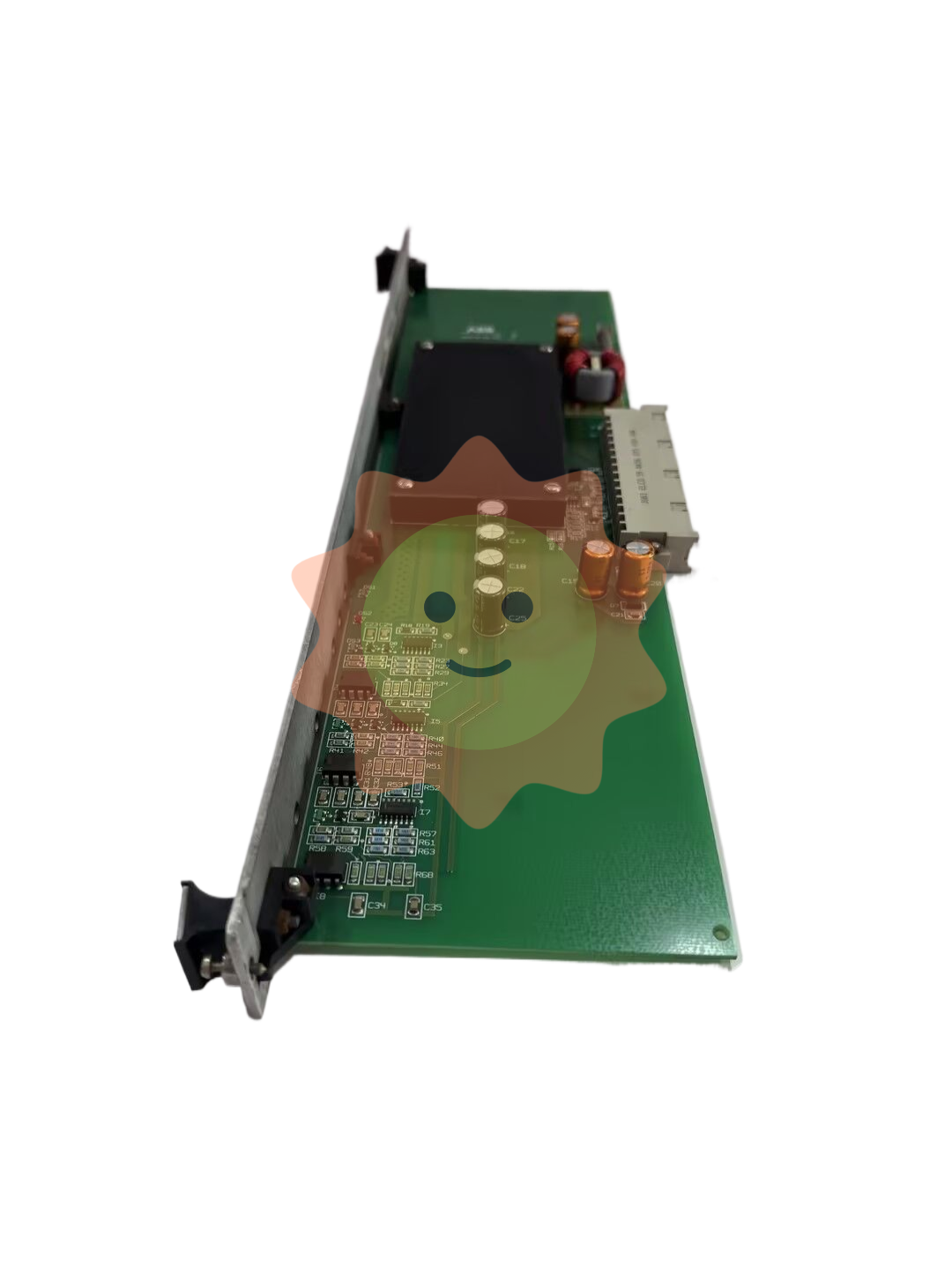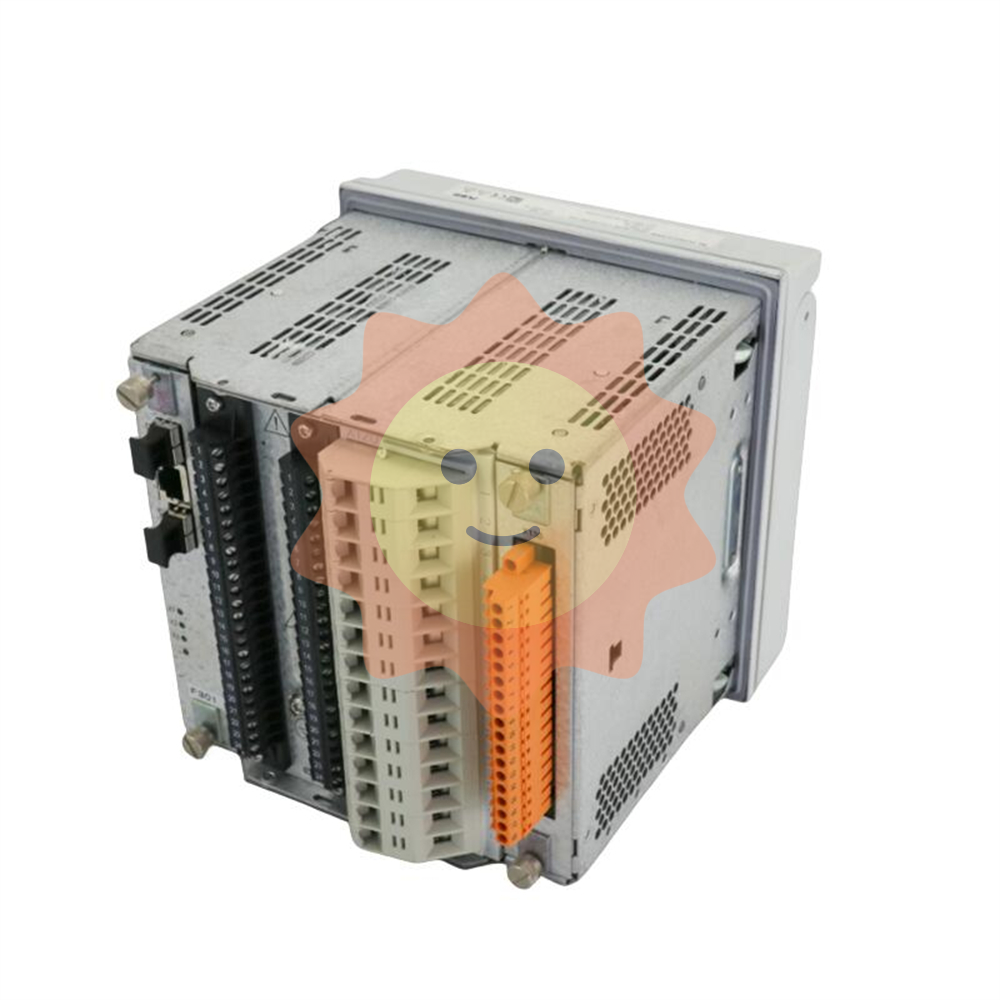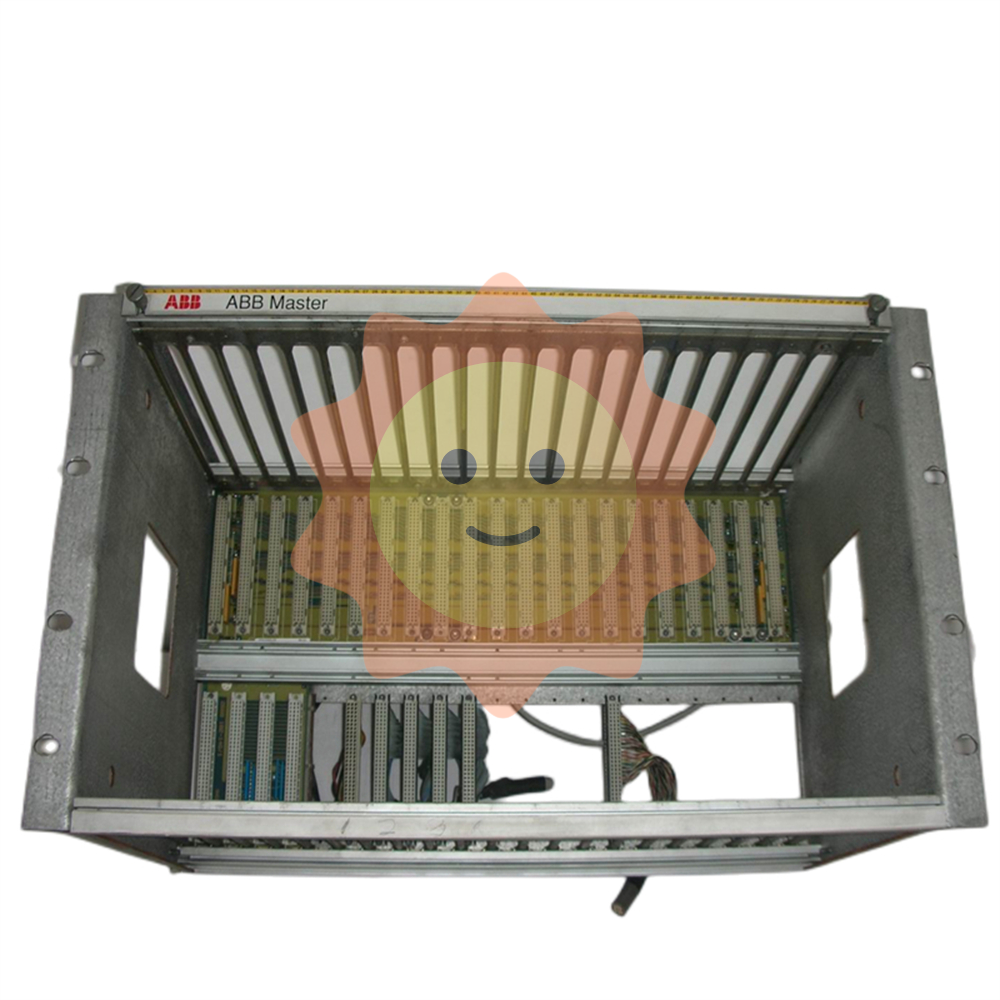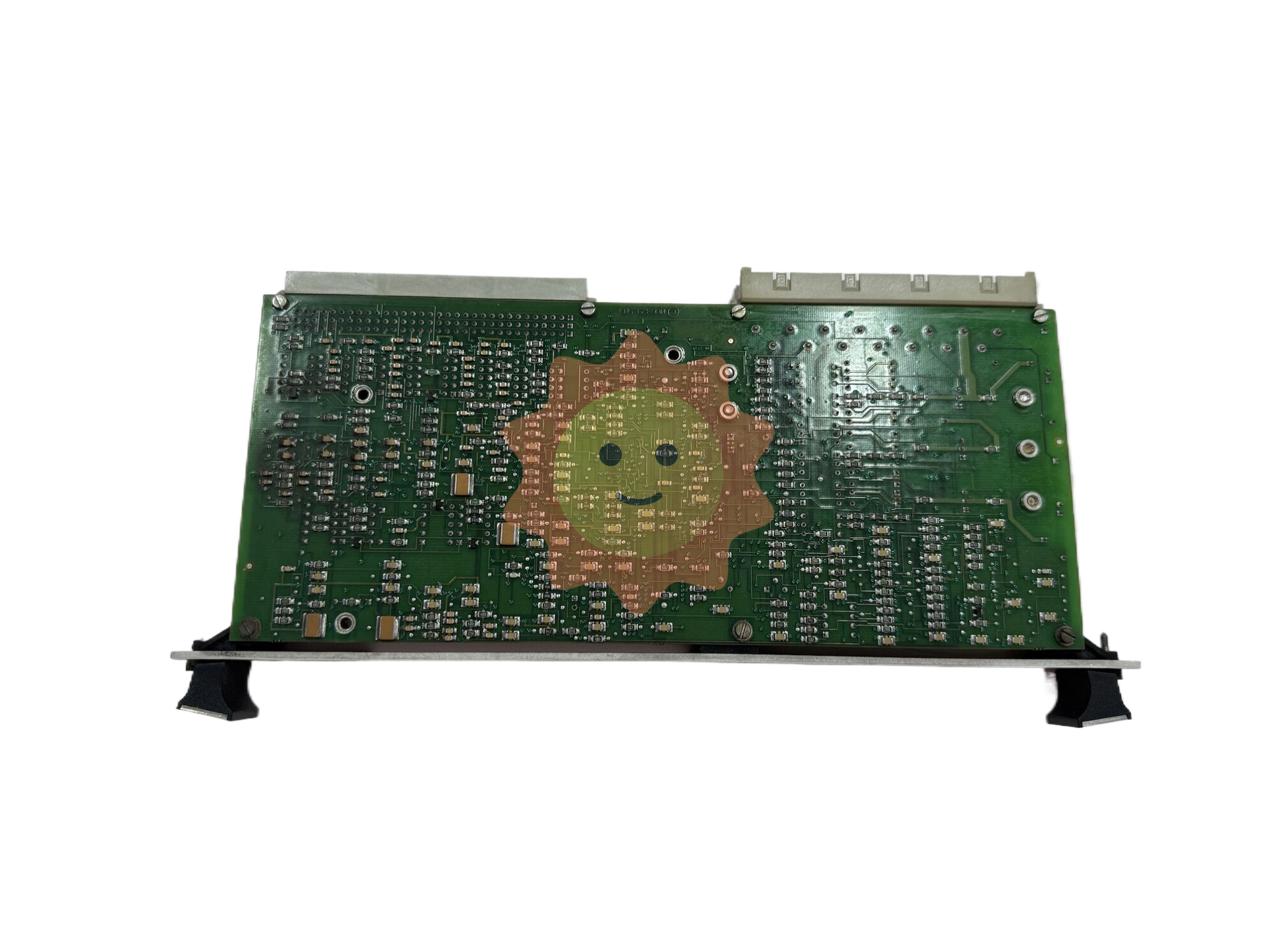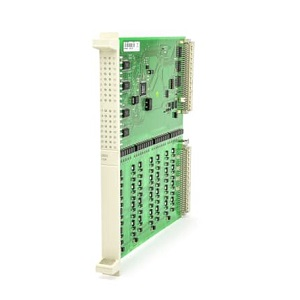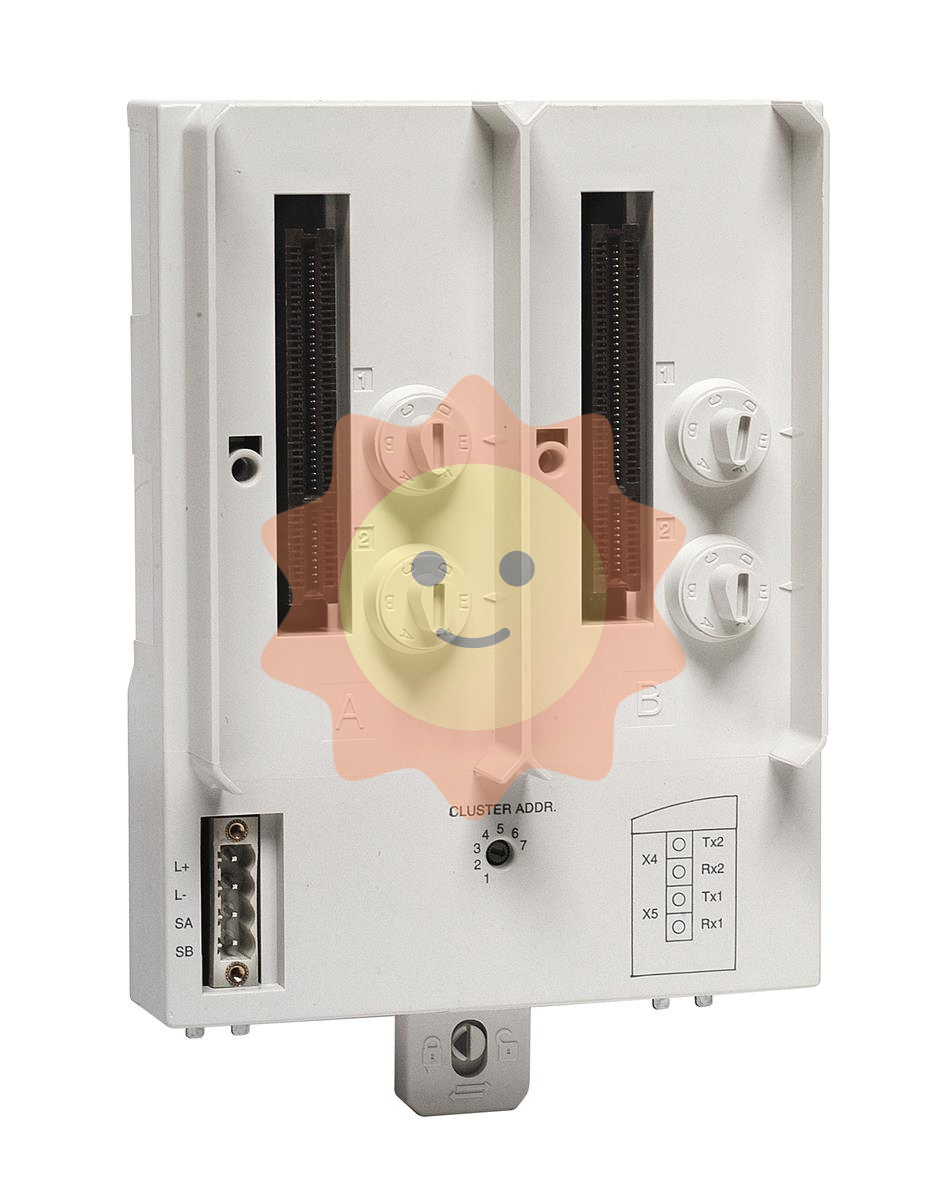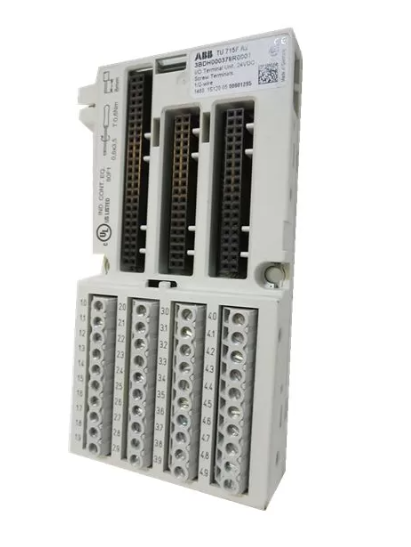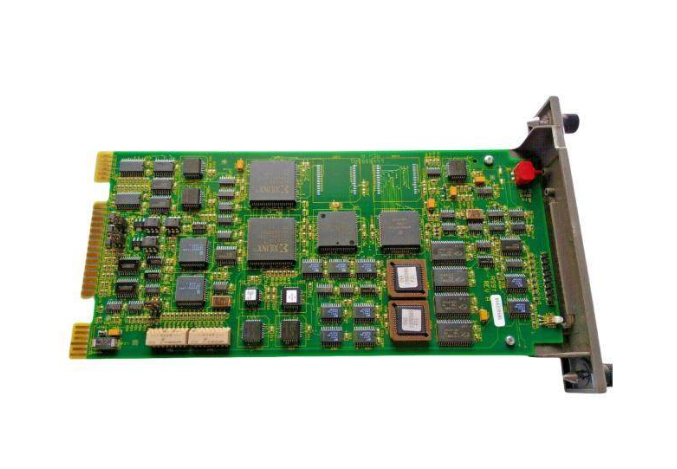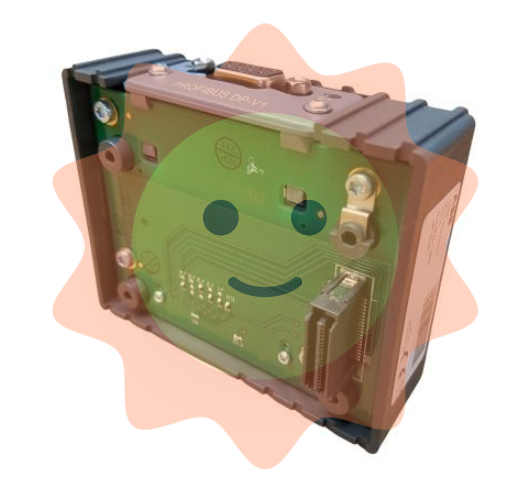Analysis of the application scope and advantages and disadvantages of three operating modes of open-pit mining
First, open-pit mining self-operated mode
According to the scale of open-pit mining and whether it has supporting equipment and facilities related to mining, whether it has a complete organization and related technical staff, it can be divided into the following categories:
1.1 Open-pit mining group self-support mode
In the group mining mode, the resources and technology department of the mining right owner (Party A) has a strong mine construction and operation team, strong technical strength in blasting, mining and transportation links, sufficient reserve funds, and relatively complete management organization. In addition to geological, mining and civil engineers in mine production, In terms of equipment management, there is a strong professional team of mechanical, equipment and maintenance engineers to integrate resources and manage operations. Such groups are usually large resource investment groups, raw material production enterprise groups, such as coal group, cement group, the core business of mineral processing, smelting production, mining as a supplement.
Scope of application: large mining groups with strong financial strength and high professional information level.
Advantages: complete organization, professional department management, core business to smelting production, mining as a supplement, to maintain a high level of production, but also to establish and train their own mining team, accumulated a lot of engineering practice experience.
Disadvantages: It is necessary to establish a huge production department and management department, and collect all kinds of professional talents in mining; The need for strong capital or consortium support, one-time purchase of mining, mining, transportation of various large-scale equipment, while investing in and building infrastructure, will cause huge pressure and burden on financial resources.

1.2 Open-pit mining non-group self-operated mode
The scale of the enterprise is small, the professional demand for mine operation is not large, the technical force and reserve fund are relatively weak, the mining scope is limited to 1-2 mines, and the mine owner only has a small number of engineering management teams and construction personnel, so as to maintain safe production and meet the basic production and operation needs of the mine. Such enterprises are usually local enterprises.
Scope of application: Most local enterprises adopt this mining mode.
Advantages: there is no need for professional mining organizations, only management personnel, and a small number of project management teams and construction personnel provided by the mine owners to maintain production requirements, which greatly reduces the one-time cost of mining production.
Disadvantages: It is not conducive to training the professional mining team of the enterprise itself, can not effectively carry out the innovation of mining technology, and the owner's management of mining is reduced to a certain extent.
Second, open-pit mining general contracting mode
According to the scale of mining and whether the contractor has auxiliary equipment and facilities related to mining, whether there is a complete organization and related technical staff, it can be divided into the following three categories:
2.1 Open-pit mining group-type general contracting mode
Party A contracts the mine infrastructure construction and mining to a professional mine management group, which generally adopts a centralized management method.
Companies with centralized management have independent mining designers and mining technicians, and have core technical management functions, such as mine planning, geological analysis, production scheduling, equipment maintenance and personnel training. For Party B, the operation mode requires a lot of capital, large investment in equipment, and relatively high management costs.
Scope of application: long-term contract, positioned for long-term mine operation services, professional manpower and capital investment equipment, professional management level, professional information needs.
Advantages: The owner can reduce the total one-time investment, while reducing the investment risk; The general contractor has independent technical engineering personnel and operators, has core technical management functions, and the core competence is mining, and has the ability to professionally manage mines and improve resource utilization and management level.
Disadvantages: It is necessary for the mine owner to find a general contractor suitable for the mine according to its own mine characteristics, and the contractor has high professional technical requirements, and such a strong contractor is less in China.

2.2 General construction engineering company model
Such companies used to be construction engineering companies or general contracting companies for mine construction, and used to contract infrastructure projects such as blasting construction, railways, hydropower, construction, roads and mines. Because the contract for mine infrastructure construction spans other engineering specialties, such companies begin to take over the content of the main mining project at the same time as the infrastructure construction contract, and then subcontract the items that are beyond their ability to the third party construction team.
Scope of application: The geological conditions of the mine are simple, the mining process is not complicated, and the general contractors are mostly regional construction enterprises.
Advantages: Owners can reduce the total one-time investment, while reducing risk; The general contractor needs to invest equipment and manpower to become a professional mine operation and management contractor, and often subcontracts the project to the construction team, adopts the project management method and decentralized management, which reduces the capital and management pressure for the general contractor and reduces the risk at the same time.
Disadvantages: The general contractor will subcontract each part of the mining, which increases the management cost of the general contractor and also forms an obstacle to the centralized management of the owner.
2.3 Small construction team
Because of local interpersonal relations, small construction teams obtain mine operation contracts, only the ability to maintain local construction, and the output can not be larger. Transport fleets are often recruited due to funding problems. Because of the low cost, usually such engineering construction technology can not be in place, the site often has safety hazards, the construction team boss only sends supervisors to manage the on-site migrant workers, neither professional engineering and technical personnel, nor investment in mine special equipment, so generally lack of enterprise management, comprehensive utilization of resources and long-term consideration of safe production.
Scope of application: fewer mines, simple mining process, short-term contracts, such as due to local interpersonal relations, not easy to terminate the contract.
Advantages: Mine owners can use the lowest cost, get rich profit returns, generally no professional and technical personnel, most of the construction content subcontracting, the lowest cost.
Disadvantages: The mining site is messy, most do not comply with regulations, low cost, high profits have various safety hazards.
Under the mining general contract mode, the owner only needs to play the role of supervision and supervision in the mining process, and can play the advantages of owning mine resources and capital advantages, while the mining general contractor can play the advantages of technology and production management, and the two sides complement each other.
Although the general contract mode of open-pit mining minimizes the one-time investment and optimizes the mining process, it also has shortcomings, such as ore quality management is easy to be controlled by others. Therefore, the supervision and management team of the owner is crucial, and it must be dedicated and have high professional ability and management level. Only in this way can the risks brought by the mining general contract be effectively avoided.

Third, open-pit mining and contract both mode
The mode of both self-operation and contracting is a transitional state of enterprise operation.
From the perspective of the development history of enterprises, such mining enterprises began to take self-mining as their business model, and because of enterprise acquisition, merger and reorganization, they contracted some links to professional mining teams, often continuing the original contract or mine self-operating personnel team. Therefore, if the needs of operation quality and safe production are considered, the professional contractor mode of the mine is considered. If the operating cost is considered, the owner can also recover the mine operation.
Scope of application: mining enterprises face merger and reorganization.
Advantages: The mining operation will be divided into regions or work processes, and specific problems will be dealt with in detail, and this transitional operation mode will eventually develop in the direction of collective general contracting.
Disadvantages: Management quality can not be unified, there are security risks.
The safety risk of mine production itself is large, so for many mining enterprises, when deciding whether the mine is independent mining or general contract mining, it is necessary to make a comprehensive and detailed comparison, analysis and investigation, taking into account their own management, technology and construction capabilities, but also a comprehensive investigation of the current situation of the mining contract market, the comprehensive ability of contractors, market prices, etc. The maximum economic benefits can be obtained only by reasonably evaluating the operating costs and operating risks under various alternative mine operating modes and making decisions that fit the actual situation.
- EMERSON
- Honeywell
- CTI
- Rolls-Royce
- General Electric
- Woodward
- Yaskawa
- xYCOM
- Motorola
- Siemens
- Rockwell
- ABB
- B&R
- HIMA
- Construction site
- electricity
- Automobile market
- PLC
- DCS
- Motor drivers
- VSD
- Implications
- cement
- CO2
- CEM
- methane
- Artificial intelligence
- Titanic
- Solar energy
- Hydrogen fuel cell
- Hydrogen and fuel cells
- Hydrogen and oxygen fuel cells
- tyre
- Chemical fiber
- dynamo
- corpuscle
- Pulp and paper
- printing
- fossil
- FANUC
- Food and beverage
- Life science
- Sewage treatment
- Personal care
- electricity
- boats
- infrastructure
- Automobile industry
- metallurgy
- Nuclear power generation
- Geothermal power generation
- Water and wastewater
- Infrastructure construction
- Mine hazard
- steel
- papermaking
- Natural gas industry
- Infrastructure construction
- Power and energy
- Rubber and plastic
- Renewable energy
- pharmacy
- mining
- Plastic industry
- Schneider
- Kongsberg
- NI
- Wind energy
- International petroleum
- International new energy network
- gas
- WATLOW
- ProSoft
- SEW
- wind
- ADVANCED
- Reliance
- YOKOGAWA
- TRICONEX
- FOXBORO
- METSO
- MAN
- Advantest
- ADVANCED
- ALSTOM
- Control Wave
- AB
- AMAT
- STUDER
- KONGSBERG
- MOTOROLA
- DANAHER MOTION
- Bently
- Galil
- EATON
- MOLEX
- Triconex
- DEIF
- B&W
- ZYGO
- Aerotech
- DANFOSS
- KOLLMORGEN
- Beijer
- Endress+Hauser
- MOOG
- KB
- Moxa
- Rexroth


Email:wang@kongjiangauto.com


